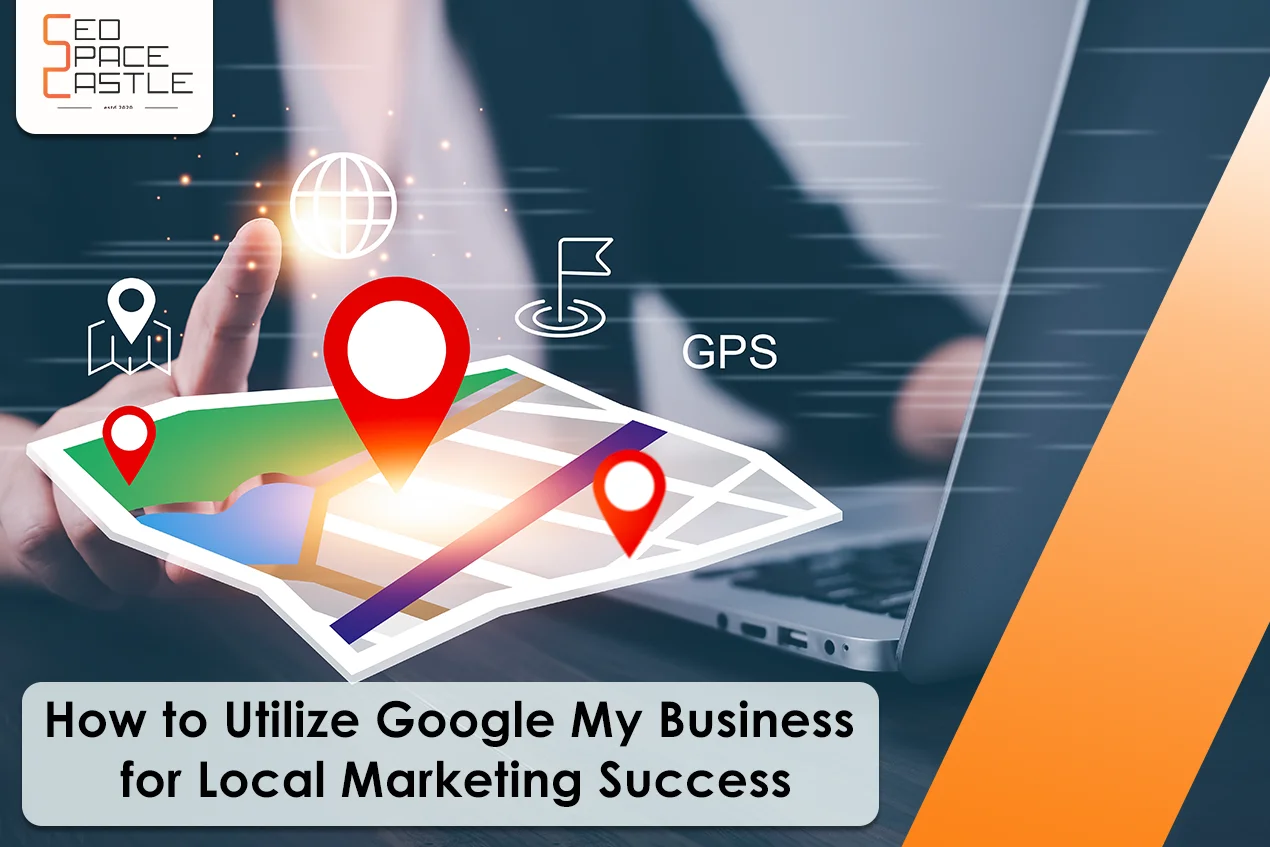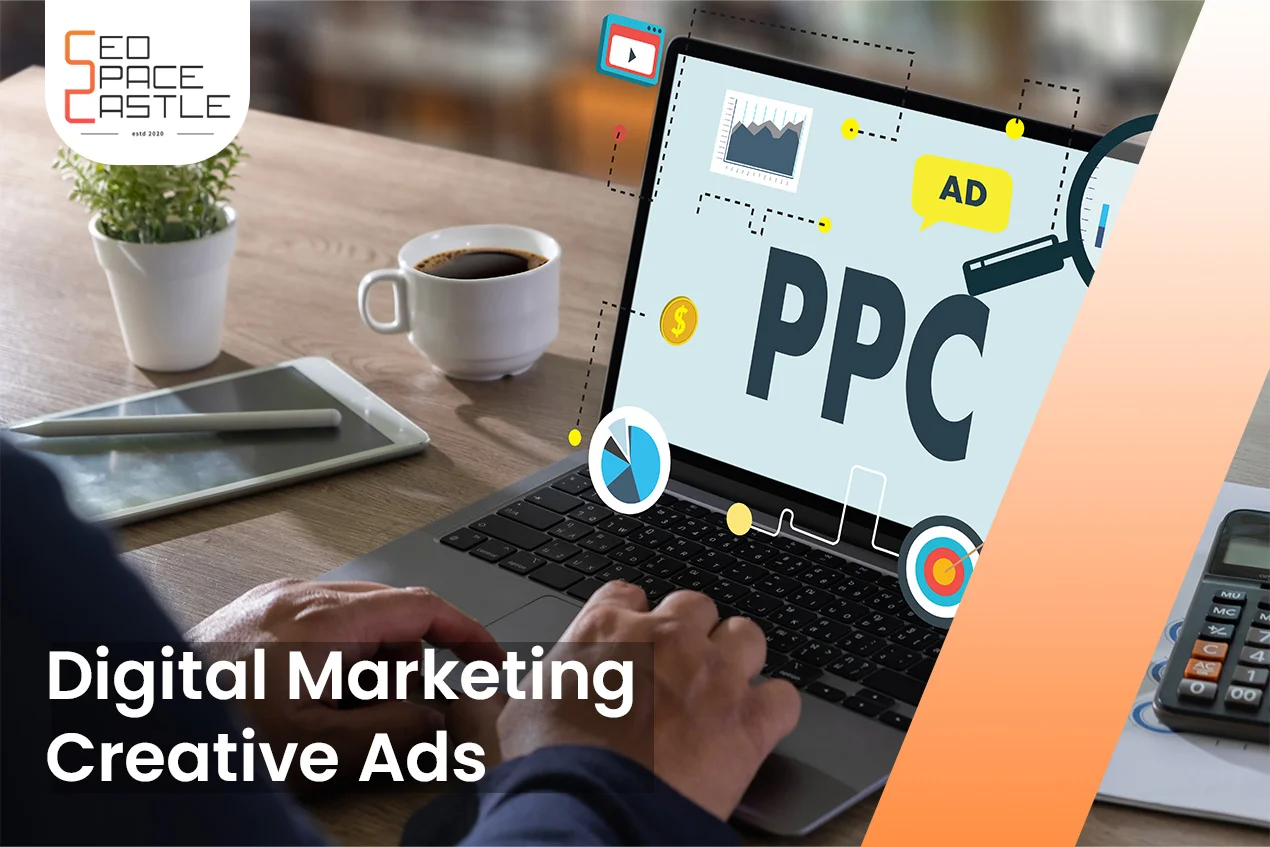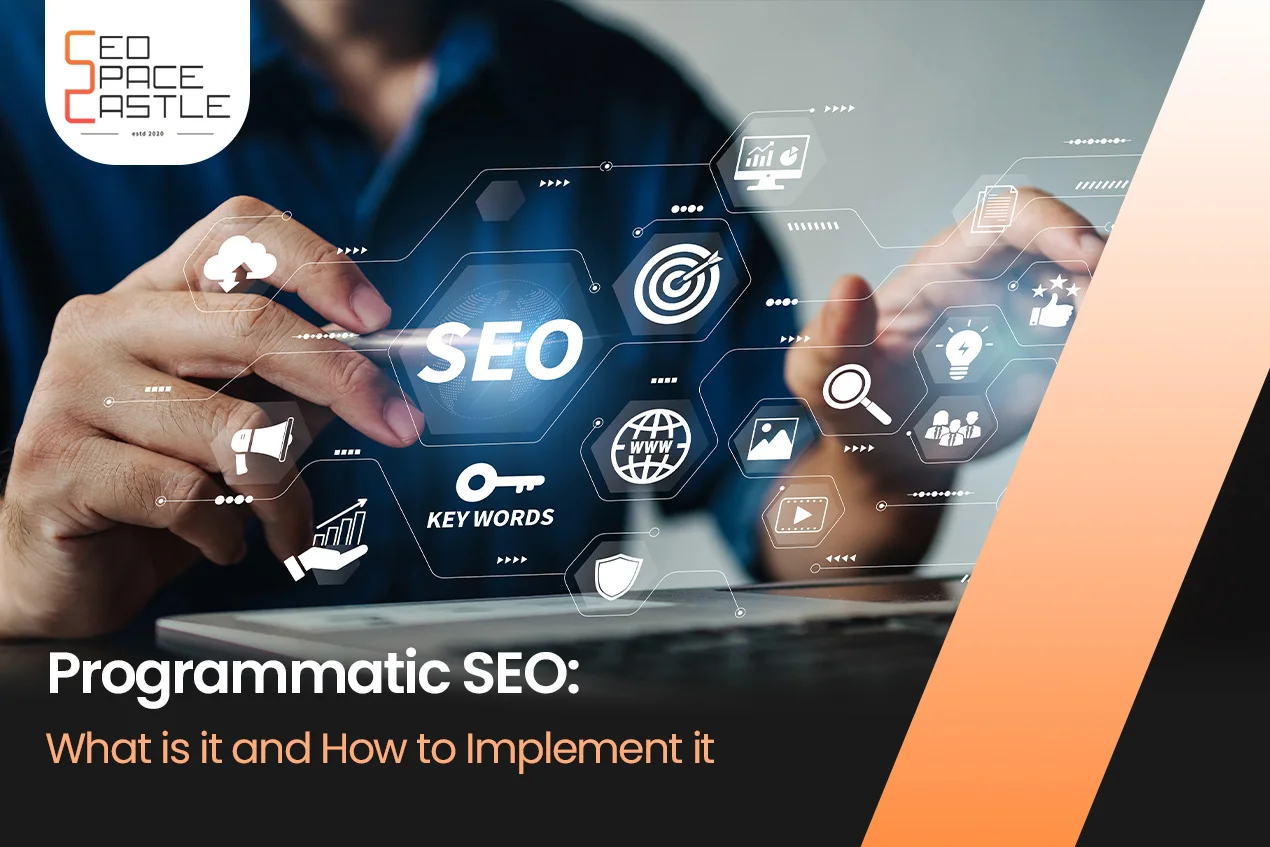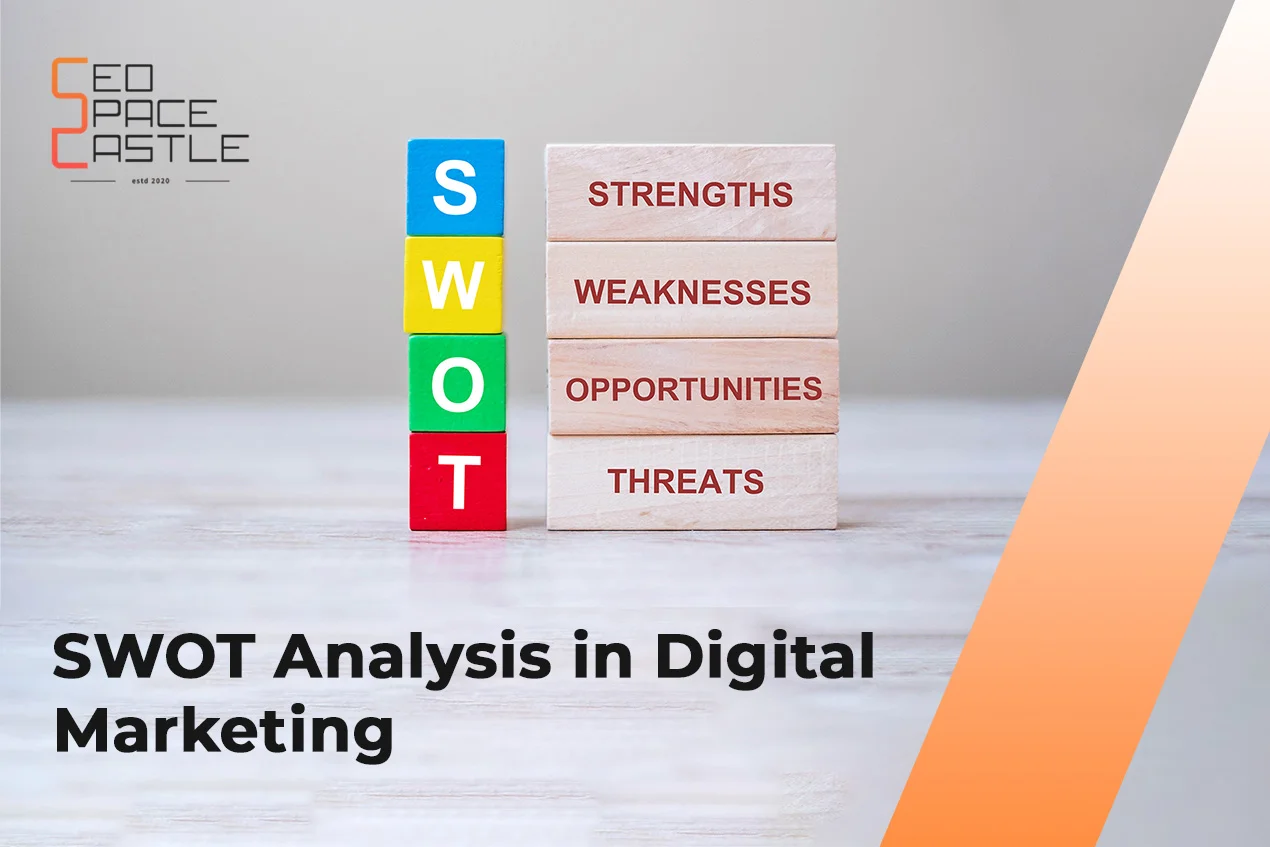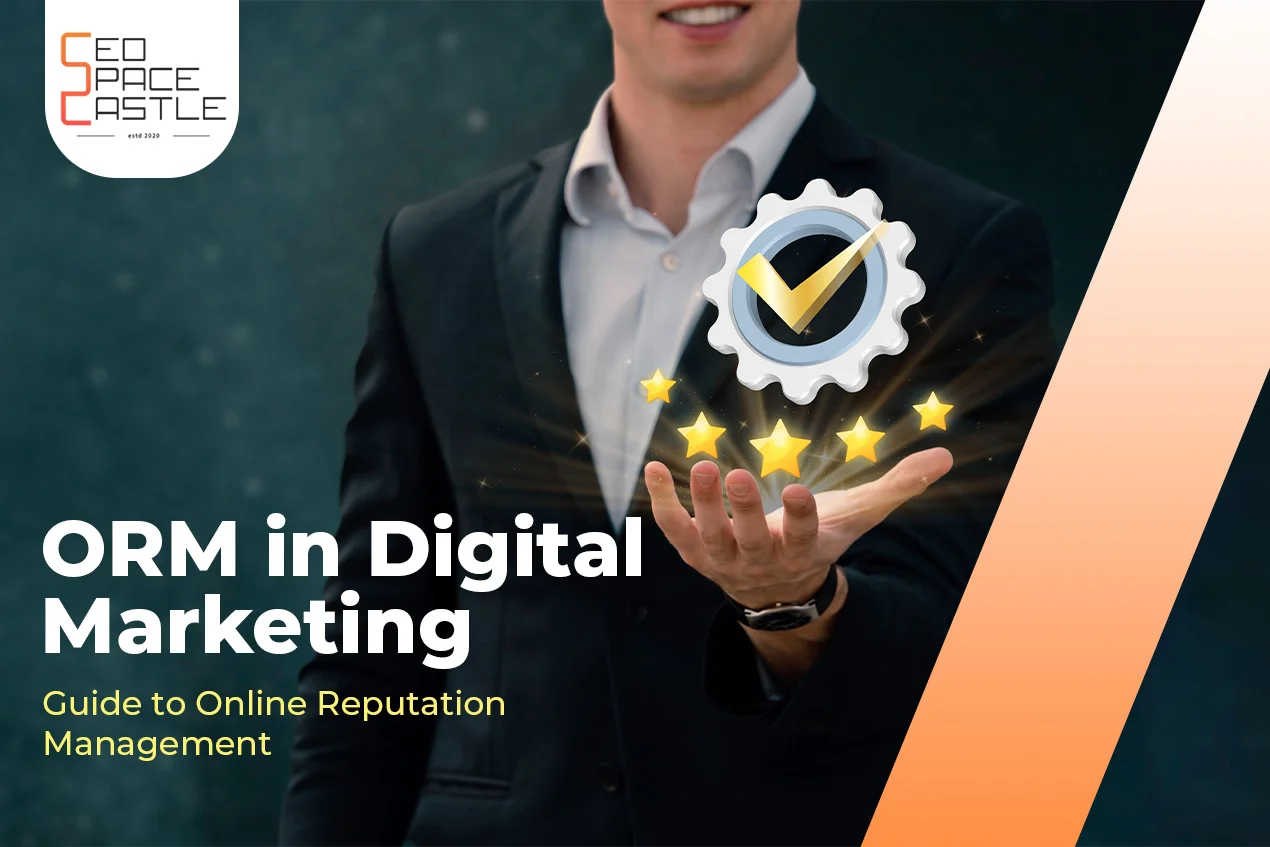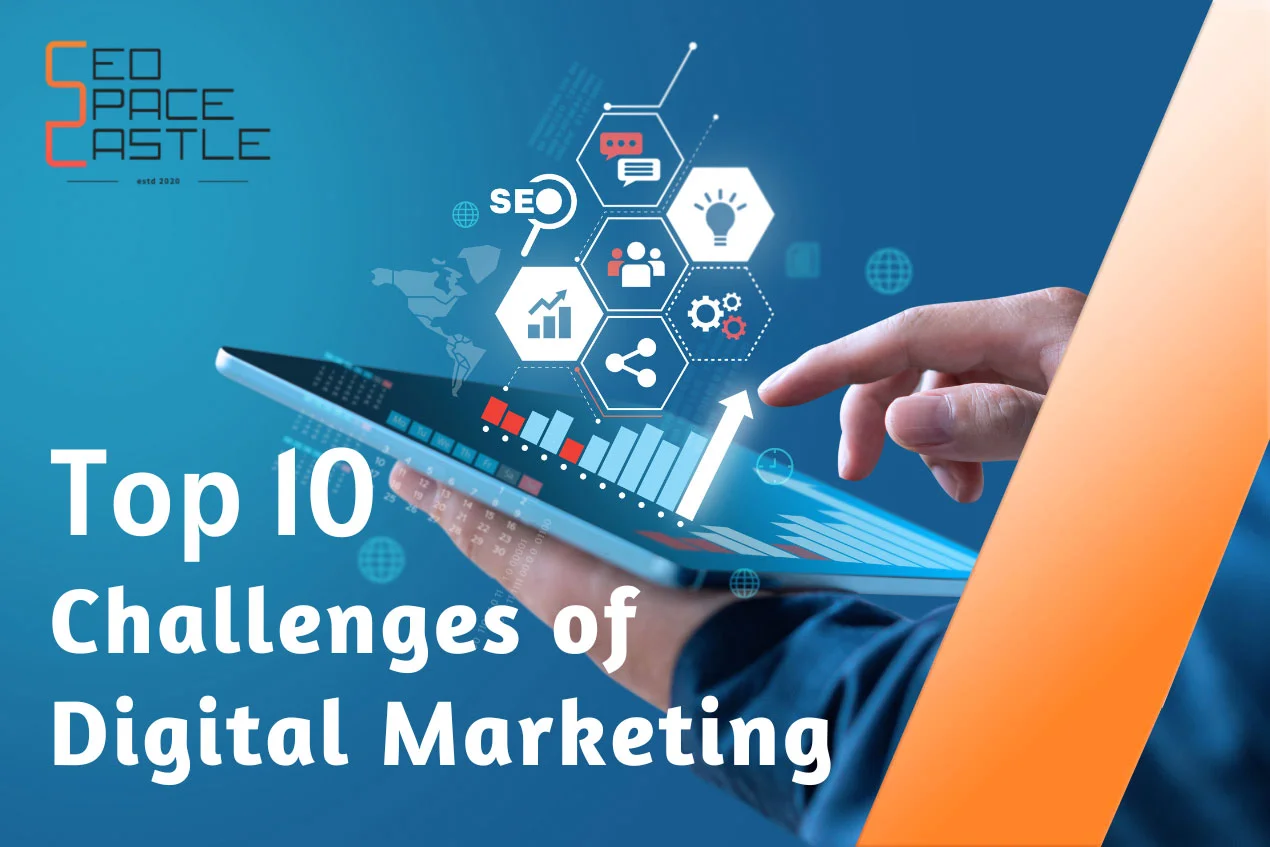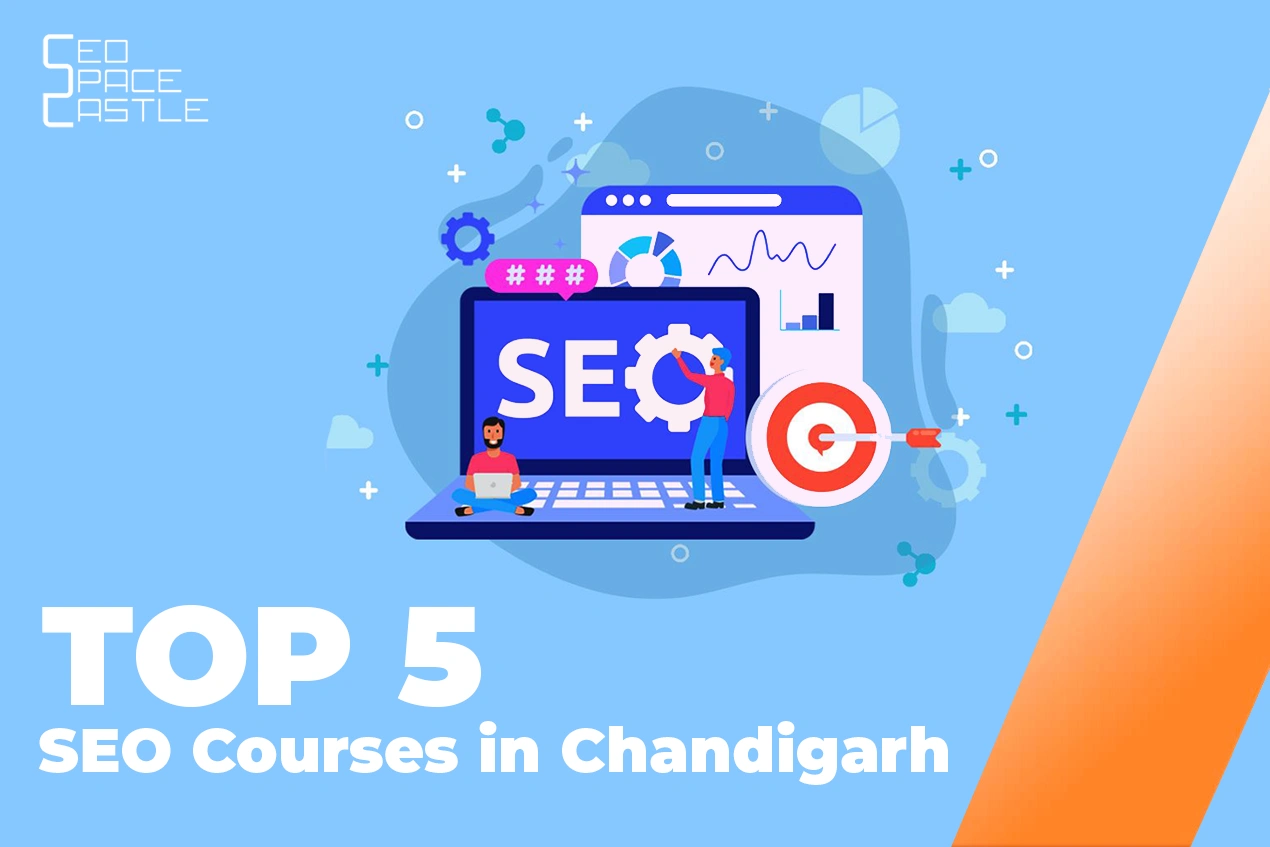The term "digital marketing" originated as a sign of a new age in the broad field of business, one that was driven by the advancements in digital technology. In its essence, digital marketing encapsulates a myriad of strategies and tactics harnessed to promote products and services across the expansive landscape of the internet.
Digital Marketing encompasses a spectrum of online channels—from search engines and social media to email and beyond. It is the strategic orchestration of these channels to connect with a target audience, foster brand awareness, and ultimately drive profitable customer action. In this digital ecosystem, every click, view, and engagement is a brushstroke on the canvas of market influence. In the words of an ancient proverb, "A journey of a thousand clicks begins with a strategic step." This rings true in the digital realm; each click, each interaction, is a step toward market influence. In this guide we will deeply discuss the 5 d's of digital marketing!
Table of Contents
- The 5 Ds of Digital Marketing
- Digital Devices
- Digital Platforms
- Digital Media
- Digital Data
- Digital Technology
- Practical Tips and Best Practices
- Conclusion
The 5 Ds of Digital Marketing
Digital marketing has become an indispensable part of modern business strategies. To navigate this dynamic landscape effectively, marketers often refer to the "5 d’s of Digital Marketing" as a guide. These key principles encompass the core aspects of a successful digital marketing strategy.
Digital Devices
When it comes to Digital Marketing, the initial focus lies on Digital Devices—a spectrum ranging from desktops to mobiles. Businesses typically utilize laptops, PCs, tablets, or mobile phones to connect with their target audience. Ensuring content optimization for various devices isn't just a technicality; it's a strategic necessity.
1.) Significance of Content Optimization
Content optimization ensures that the user experience remains seamless across diverse devices. Whether on a desktop or a mobile screen, the content should adapt fluidly which can be implemented through responsive web development. It's a strategic move to align with the diverse ways audiences interact with digital content.
2.) Emphasis on Mobile Responsiveness
Acknowledging the prominence of mobile devices is vital. Crafting a responsive design isn't merely accommodating; it's a recognition of the predominant mode of digital interaction. Providing a seamless mobile experience is an acknowledgment of the reality of user behavior.
3.) Impact on User Engagement and Conversions
Beyond aesthetics, the impact of optimized and responsive content reverberates in user engagement and conversion rates. A positive user experience becomes the standing ovation—an audience engaged and captivated. The impact isn't measured solely in clicks; it extends to the symphony of conversions, where user satisfaction translates into tangible business outcomes.

Digital Platforms
In the expansive field of 5 d's of digital marketing, the spotlight is shared by various platforms—each with its distinct character. Navigating this intricate landscape demands a refined understanding, strategic selection, and a playbook for effective presence.
I.) Overview of Different Online Platforms
Social media platforms, including Facebook, Instagram, Twitter, LinkedIn, and TikTok, offer diverse channels for interactive engagement. Content sharing platforms like YouTube to the visual storytelling aspect, while e-commerce platforms such as Amazon and Flipkart provide a digital storefront for online businesses. Additionally, messaging apps like WhatsApp and Facebook Messenger enable direct and instant communication, contributing to a comprehensive digital marketing strategy.
II.) Strategic Platform Selection
Choosing the right platforms isn't a gamble; it's a strategic selection based on platform requirements and the preferences of the target audience. It's like going on a casting call, only the aim is to connect with the target audience rather than just be noticed.
III.) Strategies for Effective Presence
Once the stages are set, the performance begins. Strategies for effective presence are the lines of the script and the cues of the director. It's about speaking the language of each platform, capturing the essence of Twitter, Instagram, or search engines. Effective presence isn't a uniform act; it's a tailored performance that caters to the unique expectations of each platform's audience.

Digital Media
Within the vast tapestry of Digital Marketing, attention turns to Digital Media—an ensemble of text, images, videos, and more. It is not just a matter of preference but also a strategic requirement to effectively leverage different types of digital media.
1.) Utilizing Various Types of Digital Media
In content marketing, leveraging different types of digital media is essential for capturing and maintaining audience attention. This encompasses a range of formats, including text, images, videos, and interactive content. Text-based content is foundational for conveying information, while images, graphics, and infographics enhance visual appeal and understanding. Interactive content, such as quizzes, polls, and games, adds an extra layer of participation, fostering a deeper connection with the audience.
2.) Importance of Multimedia in Conveying Messages
People process information in different ways, and multimedia addresses this diversity by appealing to various senses. Visual content, such as images and videos, can convey complex ideas quickly and evoke emotional responses. Adding audio elements, such as music or narration, enhances the storytelling aspect, making content more engaging.
3.) Tips for Creating Engaging and Shareable Digital Content
First and foremost, know your audience and tailor your content to resonate with their interests and preferences. Visual appeal is crucial, so invest in high-quality images and videos. Keep content concise and impactful, as attention spans are limited. Incorporate storytelling to create a narrative that resonates emotionally with your audience. Lastly, optimize your content for sharing by ensuring it is easily shareable on various platforms.

Digital Data
As the digital journey unfolds, attention shifts to Digital Data—a treasure trove that fuels data-driven decision-making. In the digital era, success lies in understanding and leveraging the power of data.
1.) Significance of Data-Driven Decision-Making
Data is the compass guiding marketing strategies. Decisions rooted in data insights are not guesswork; they are informed choices based on real-time feedback. The significance lies in the ability to adapt and refine strategies dynamically, ensuring marketing efforts align with actual user behavior.
2.) Analytics Tools and Tracking Methods
To harness the power of data, marketers employ analytics tools and tracking methods. These tools offer a bird's-eye view of user interactions, website traffic, and campaign performance. The insights derived aid in understanding what works, what doesn't, and where adjustments are needed—an indispensable component of strategic decision-making.
3.) Personalization and Targeting Based on User Data
Leveraging user data allows for tailoring marketing efforts to individual preferences. From personalized recommendations to targeted campaigns, the ability to connect with users on a personal level enhances engagement and fosters a sense of relevance.

Digital Technology
Amidst the 5 Ds, the spotlight now turns to Digital Technology—a force shaping the landscape of marketing strategies. The togetherness of technology and marketing isn't just a trend; it's a strategic imperative.
I.) Integration of Technology in Marketing Strategies
Integrating technology into strategies means embracing tools and platforms that enhance efficiency and effectiveness. From customer relationship management systems to advanced analytics, technology amplifies the impact of marketing initiatives.
II.) Automation and AI in Marketing Processes
Efficiency meets intelligence in the realm of automation and artificial intelligence (AI). Automating repetitive tasks frees up human resources for strategic endeavors, while AI adds a layer of smart decision-making. From personalized customer interactions to data analysis, these technologies elevate the marketing game.
III.) Staying Updated with Emerging Technologies
In the digital universe, change is constant. Staying relevant means staying informed. Embracing emerging technologies isn't just about being tech-savvy; it's about future-proofing marketing strategies. From blockchain to augmented reality, marketers must be vigilant and ready to adapt.
Practical Tips and Best Practices
In the practical application of the 5 d's of digital marketing, success lies in actionable advice and avoiding common pitfalls. Let's delve into the nuts and bolts of executing a robust digital marketing strategy.
Advice for Incorporating the 5 Ds into a Digital Marketing Strategy
1.) Start with Discovery :- Before diving into strategies, understand your audience. Discovery sets the stage for a targeted and effective marketing plan.
2.) Set Clear Objectives :- Define your goals and key performance indicators (KPIs). Clear objectives provide a roadmap for success and facilitate measurable outcomes.
3.) Embrace Multimedia :- Utilize a mix of text, images, and videos in your digital content. This appeals to diverse audience preferences and enhances engagement.
4.) Invest in Technology :- Integrate technology strategically. Invest in tools that streamline processes, enhance analytics, and contribute to a tech-savvy marketing ecosystem.
5.) Stay Agile :- The digital landscape evolves rapidly. Adopt an agile mindset that allows for quick adjustments based on real-time data and market dynamics.
Avoiding Common Pitfalls in Each D
1.) Device Dilemma :- Neglecting device optimization can alienate a significant portion of your audience. Always ensure your content looks and functions seamlessly across various devices.
2.) Platform Paradox :- Choosing the wrong platforms can dilute your marketing impact. Understand your audience and select platforms where your presence aligns with their preferences.
3.) Content Conflict :- Failing to create engaging content hampers user interaction. Invest time in crafting content that resonates with your audience, encourages sharing, and adds value.
4.) Data Drought :- Ignoring the power of data is a missed opportunity. Leverage analytics tools to gather insights, inform decisions, and refine marketing strategies for optimal performance.
5.) Tech Trouble :- Resisting technological integration can hinder progress. Embrace automation, AI, and emerging technologies judiciously to enhance efficiency and stay competitive.
Conclusion
In 5 d's of digital marketing, the 5 Ds serve as the compass, guiding marketers through a landscape defined by devices, platforms, media, data, and technology. The journey commences with Digital Devices, emphasizing the importance of content optimization for varied screens. Transitioning to Digital Platforms, the focus shifts to selecting the right stages for target audience engagement. Digital Media and Digital Data bring forth the creative and analytical facets, weaving a narrative enriched with diverse content and data-driven insights. Finally, Digital Technology steps into the spotlight, showcasing the integration of innovation and automation in marketing strategies.
For those seeking a partner on this dynamic journey, look no further than SEO Space Castle—your digital marketing agency equipped to navigate the galaxies of the digital space. Contact SEO Space Castle and elevate your brand to new heights. Adapt, evolve, and thrive with SEO Space Castle. Your digital success awaits!





